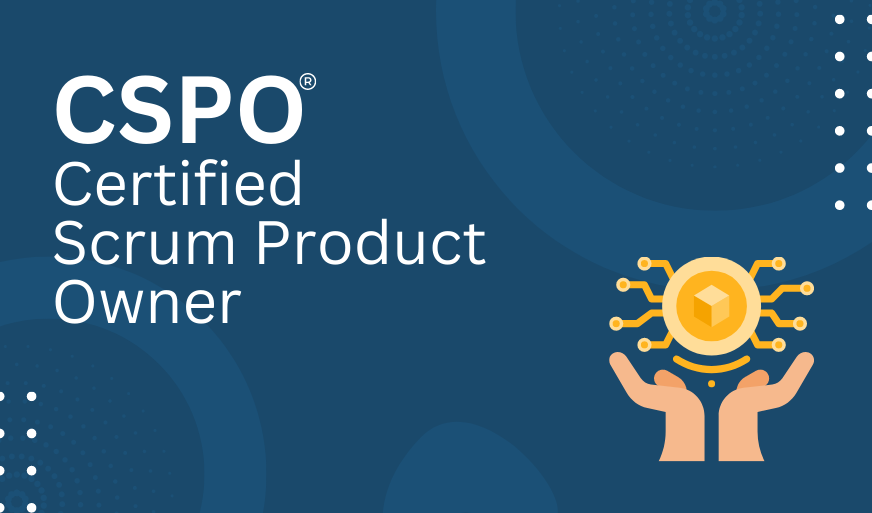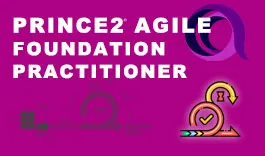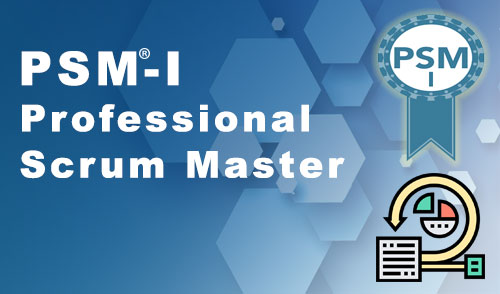Agile Principles Guide
-
 By Niveditha P
By Niveditha P - Published on Apr 25 2023

Table of Contents
Introduction
12 Agile Project Management Principles Explained
As we know, project management is all about using key skills, methods, and techniques. When working on a project, research, time taken, and quality are important.
Project management contains strategies for making development better. Among them is the agile management system. Let us learn in detail about it through this article.
What is Agile Management?
Agile management is meant to deliver the project around its life cycle by addressing it in an iterative format.
Agile software development is implemented in various management processes. To process a project and develop it, agile follows certain principles.
So what are the twelve agile project management principles? Let’s learn in detail.
Agile Principles Explained in Detail
As we know agile principles can be used for software development. So let’s list them one by one, and learn in detail about each.

Learn more in detail about Agile Management from the experts at Sprintzeal.
1) Satisfy customers through early and continuous delivery
Customer satisfaction is the main principle of the agile management system. The primary asset is getting to the customers and delivering the software product within the early period.
Among the 12 agile principles, customer satisfaction stands out because, with emerging technology, there is always a demand for new changes. As demands are always set to break records, even project delivery should be done on time.
Become Agile Certified Practitioner with PMI ACP Certification Training
2) Welcome changes in requirements even late in the project
The second one from the agile principles tells us to adapt to changes even at the last stages of a project. Being open to upgrades and changes throughout the project lifecycle is essential.
Utilization of the agile process for adapting to changes will help turn them into an advantage to satisfy customer needs.
3) Deliver value frequently
In the agile project management process, the third priority is given to the delivery of products. You might wonder: if customer satisfaction and on-time delivery are managed, then why is this one a priority?
Well, in delivery, there is always a goal to achieve. There would be many different things to analyze, but the project needs to be delivered on time to the stakeholders.
As we look at the marketing sector, there is high competition. There is a principle for delivery, i.e., short cycle time to market," that tells us frequent delivery of products and consistency in business is important.
Interested in learning more about key business strategies? Get trained and certified.
4) Break the silos of your project
The agile process makes it interesting and easy, as it plans for project teams to have cross-functional conversations with different stakeholders about the project.
The above principle of the agile process states that "Business professionals and project developers need to work together daily throughout the project". Involving agile principles in software engineering will help make a quality product.
The reason behind using agile principles for software development is to improve performance and get familiar with the changes. Through agile management, higher performance quality to improve any product would be achieved.
5) Build projects for under-motivated individuals
The 5th lean-agile principle states that working in collaboration and maintaining a good attitude toward the work environment can lead to building an effective project.
The fifth agile process motivates the team members to work by offering the best working environment and encouraging faster completion of projects.
Learn more about agile in detail from PMI org.
6) The most effective way of communication is face to face
As the above-mentioned line states, "the most effective and efficient way to convey information and communicate is by having a face-to-face conversation".
Knowledge sharing and problem-solving can be done in person through communication. Different ideas from different people can be gathered to make the project successful.
7) Working software is the primary measure of progress
When it comes to project management, it doesn’t matter how much time you have invested; the only thing that counts is on-time project completion.
So the 7th agile working principle states that no matter how much effort you put in or whatever real-time errors you have fixed to complete a project, if it doesn’t meet customer needs, then it is not useful.
8) Maintain a sustainable working pace
This principle is to be precise with the process, with promoting and maintaining the development. Clients, developers, and users should maintain consistency.
Optimizing the work regularly to deliver it will help keep the product's market consistent. The team should adapt to the changes, work effectively, and maintain consistency.
9) Continuous excellence enhances agility
The founders of the Agile Manifesto's 12 principles state that "enhancement of technical excellence and good design will improve the agility process." When we look at it in terms of development, it can be applied to every industry to make useful changes and maintain agility.
Read more about the agile manifesto, benefits, and principles.
10) Simplicity is essential
Sometimes difficult problems have a simple solution, isn’t that right? When things can be simple and easy, we must not complicate them. Now let’s understand the principle.
On this principle, they are telling us not to complicate things. A similar principle is the safe-agile principle. It tells us not to waste many hours and make things complex. Analyzing all parameters and making decisions accordingly is suggested.
And it’s even more essential to build a career, learn from the experts, and get certified as an Agile Practitioner from PMI, an authorized institute.
11) Self-organizing teams generate the most organizing value
Teamwork is the core of any project. As a team leader, your efforts are needed to lead a team. Organizing and motivating the team to do better is a skill to be acquired.
12) Regularly reflect and adjust your way of work to boost effectiveness
The 12th principle conveys that there should always be room for improvement. The principles of agile methodology follow four major steps: act, plan, and check. This is needed for constant performance improvement. It says that continuous experiments lead to new and effective changes.
Adjustment and behavior towards the team reflect on the work. Being effective and helping to boost the team's energy will favor the team environment. And this will encourage the team to do better work.
Conclusion
The agile principles and values listed above are very useful for the effective management of projects. Through the 12 agile principles, an effective project could be accomplished. With these best practices, understanding project management becomes easy. Learn about agile management and get PRINCE2 Agile certified.
To get full details about Agile training courses offered by Sprintzeal and top Agile certifications, reach us at Click Here or chat with course expert.
Subscribe to our Newsletters
Popular Programs
PSM® - Professional Scrum Master Certification
Live Virtual Training
- 4.7 (75 + Ratings)
- 3k + Learners
Trending Posts
Scrum Master Career Path Explained
Last updated on Jul 5 2022
CSM vs CSPO: Which Certification is Right for You?
Last updated on Oct 28 2022
Product Life Cycle in Marketing: Essential Strategies for Product’s Success
Last updated on Sep 28 2023
Scrum vs Safe – Differences Explained
Last updated on Jul 26 2022
10 best practices for effective DevOps in 2024
Last updated on Jul 11 2023
DevOps Career Guide 2024
Last updated on Jul 20 2022
Categories
- Agile Management 54
- AI and Machine Learning 42
- Big Data 53
- Business Management 51
- Cloud Computing 44
- Digital Marketing 56
- Information Security 8
- IT Hardware and Networking 17
- IT Security 103
- IT Service Management 29
- Leadership and Management 1
- Microsoft Program 2
- Other 43
- Programming Language 31
- Project Management 162
- Quality Management 75
- Risk Management 8
- Workplace Skill Building 2
Trending Now
List Of Traits An Effective Agile Scrum Master Must Possess
ArticleDevOps Vs Agile Differences Explained
ArticleDevops Tools Usage, and Benefits of Development Operations & VSTS
ArticleAgile Scrum Methodology - Benefits, Framework and Activities Explained
ArticleGuide to Agile Project Management 2024
Article10 best practices for effective DevOps in 2024
ArticleGuide to Becoming a Certified Scrum Master in 2024
ArticleWhy Should You Consider Getting a Scrum Master Certification?
ArticleCSM vs CSPO: Which Certification is Right for You?
ArticleAgile Manifesto - Principles, Values and Benefits
ArticleAgile Methodology Explained in Detail
ArticleAgile Project Management Explained
ArticleEssential Tools for Agile Project Management 2024
ArticleEverything about Scrum Methodology
ArticleScrum Workflow - A Step by Step Guide
ArticleLatest Agile Interview Questions and Answers To Look For In 2024
ArticleScrum Interview Questions and Answers 2024
ArticleTop Scrum Master Responsibilities 2024 (Updated)
ArticleProduct Life Cycle in Marketing: Essential Strategies for Product’s Success
ArticleDevOps Engineer Interview Questions - Best of 2024
ArticleDevOps Engineer - Career path, Job scope, and Certifications
ArticleBusiness Agility Guide - Importance, Benefits and Tips
ArticleScrum vs Safe – Differences Explained
ArticleCSM vs. PSM - Which Scrum Certification is Better?
ArticleSAFe Implementation Roadmap Guide
ArticleAgile Release Plan Guide
ArticleAgile Environment Guide
ArticleAgile Coaching Guide - Best Skills for Agile Coaches
ArticleSAFe Certifications List - Best of 2024
ArticleAgile Prioritization Techniques Explained
ArticleScrum Ceremonies Guide
ArticleProduct Owner Certifications List
ArticleScrum of Scrums Guide
ArticleWhat is DevSecOps and its Importance
ArticleData Processing - A Beginner's Guide
ArticleDevOps Career Guide 2024
ArticleStakeholder Engagement Levels Guide
ArticleScrum Master Career Path Explained
ArticleScrum Career Path Explained
ArticleTop Git Interview Questions and Answers [Updated 2024]
ArticleA guide to Agility in cloud computing
ebookProduct Roadmap: An Ultimate Guide to Successful Planning and Implementation
ArticleDMAIC Methodology - The Ultimate Guide
ArticleProduct Life Cycle Strategies: Key to Maximizing Product Efficiency
ArticleScrum Master Salary Trends in 2024
ArticleProduct Life Cycle Model: A Guide to Understanding Your Product's Success
ArticleWhat is a Product Owner - Role, Objectives and Importance Explained
ArticleSuccessful Product Strategies for Introduction Stage of Product Life Cycle
ArticleUnlocking Career Opportunities in Product Management: Your Roadmap to Success
ArticleSaturation Stage of Product Life Cycle: Complete Guide
ArticleCutting-Edge Technology of Google Cloud
ArticleHow to Write an Executive Summary for a Business Plan?
ArticleImportance of Procurement Management Software in Modern Business
Article





.webp)










